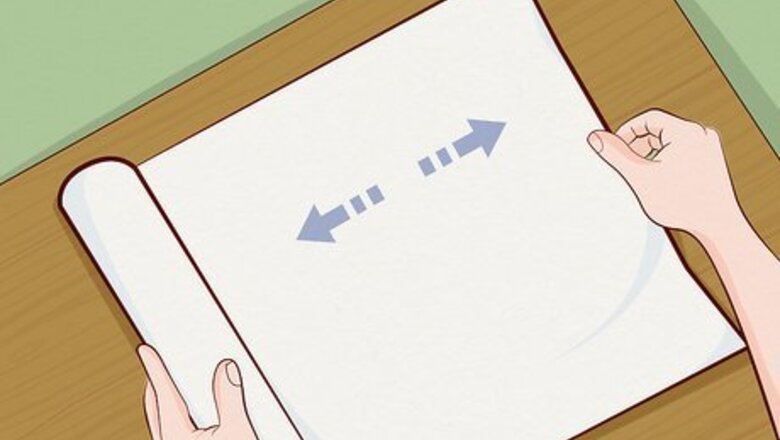
views
Preparing the Eyeshadow for Heated Depotting
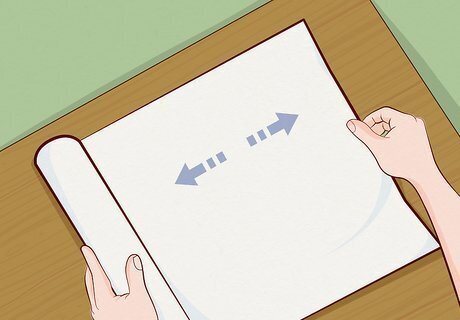
Cover your work area. While the goal is to keep the eye shadows in tact when you depot them, you may sometimes nick the powder and cause dust and particles to come loose. It’s a good idea to cover the table or counter that you’re working on with paper towel, newspaper, or some old towels that you don’t mind getting stained. Because you’re working with heated items, you should also have a trivet on your work area to protect the surface from the candle or flat iron.
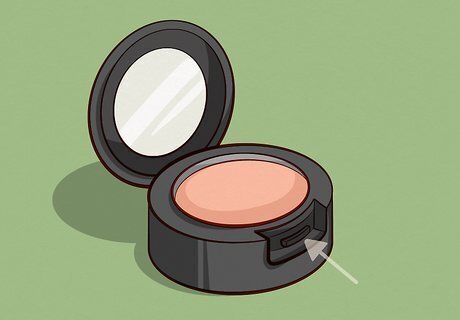
Open the eye shadow compact and find the notch at the front. At the front of the compact, you’ll notice a small notch where the compact snaps shut. Just above it, you can see a thin line where the pan’s plastic housing fits into the compact. That’s where you’ll need to work to separate the two.

Stick a pointed tool into the groove to pry the plastic around the shadow out. When you’ve found the groove between the plastic housing for the shadow and the compact, take a small, thin tool with a pointed tip and work it into the groove. Wedge it in the groove to give yourself some leverage. You can use a pointed kitchen knife, flathead screwdriver, steel palette tool, craft knife, or pointed, flexible makeup spatula that you can usually find on beauty supply or cosmetics websites.

Wiggle the tool back and forth to free the plastic housing from the compact. Once your tool is wedged between the eyeshadow pan’s plastic housing and the compact, wiggle it back and forth to loosen it. The more you move the tool, the further you’ll be able to stick it under the plastic housing. When you have enough leverage, you’ll be able to pop the plastic housing and the eyeshadow pan inside it free. Be sure to take your time when you’re prying the eyeshadow’s housing free from the compact to avoid breaking the plastic and damaging the shadow. If you feel strong resistance, continue gently wiggling the tool back and forth until you can feel the housing start to come loose.
Depotting the Eyeshadow with a Candle

Light a small candle and use pliers to hold the shadow above the flame. After you’ve freed the shadow’s plastic housing from the compact, light a small candle. Use a pair of pliers to allow you to hold the back of the plastic housing over the candle’s flame without burning yourself. Hold the plastic housing over the flame for 30 seconds to 1 minute or until the adhesive holding the pan inside the housing starts to melt. A small tea light is an ideal candle to use for depotting your eyeshadow. You can also use a lighter, if you prefer. Don’t allow the flame to actually touch the plastic or it may catch fire. Hold it several inches above the flame.

Push against the back of the shadow with a tool to pry it free. After 30 seconds or so, take your pointed tool and press it against the back of the plastic housing. The goal is to push the eyeshadow pan out of the housing once the adhesive is weak enough. You don’t want to force the pan out of the housing if the adhesive is still strong or you may break the eyeshadow in the process. If the pan won’t come loose when you press against the back, hold it over the flame again to melt the adhesive further. When you’re pressing against the back of the housing, it helps to target the center of the plastic.
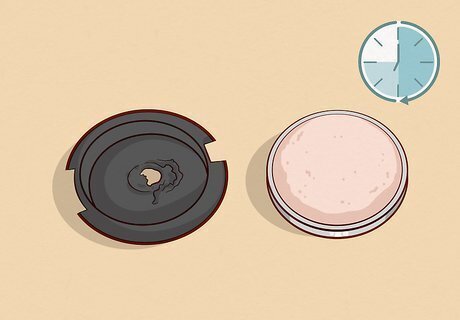
Allow the eyeshadow pan to cool. After you free the eyeshadow from the plastic housing, the metal pan will likely be hot. Let it cool for several minutes before you label it, place it in a palette, or otherwise handle it. Set the eyeshadow pan on a trivet or potholder to cool so you don’t have to worry about the heat damaging your work surface.
Using a Flat Iron to Depot the Eyeshadow
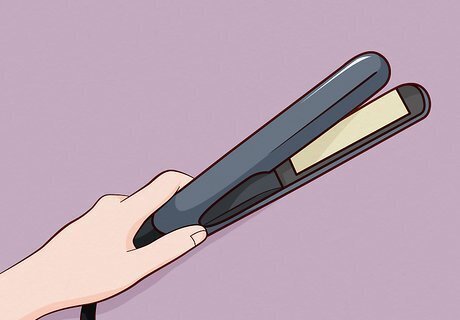
Plug in your flat iron and turn it to the highest setting. To generate enough heat to melt the adhesive that holds the eyeshadow pan in the plastic, it’s important for your flat iron to be as hot as possible. Place it on a trivet on your work area so one of its plates is flat against the table or counter. Turn the iron on, and set it to the highest setting. Give the flat iron several minutes to warm up after you turn it on so you know that it’s reached the desired heat setting.

Place the eye shadow in the plastic housing on the plate of the iron. Take the eyeshadow in the plastic housing and place it on the iron’s plate that’s resting flat against the work surface. Allow the plastic to sit on the iron for 15 to 20 seconds so the adhesive has time to melt before removing it. Use a small pair of tongs or pliers to remove the plastic housing from the hot flat iron or you may burn your fingers.

Stick a pointy tool against the center of the back of plastic housing to free the eyeshadow pan. Take a tool with a pointy edge and press it against the black of the plastic housing in the center. Push on the plastic until the eyeshadow pan pops free. If possible, wear heat resistant gloves when you’re holding the plastic to press the tool against. That way, you won’t have to worry about the hot plastic burning you. If you don’t have gloves, be sure to hold the plastic around the edges, which weren’t resting against the iron’s plate. If it feels like the pan is resistant, you may want to place it back on the flat iron for several seconds to further weaken the adhesive.
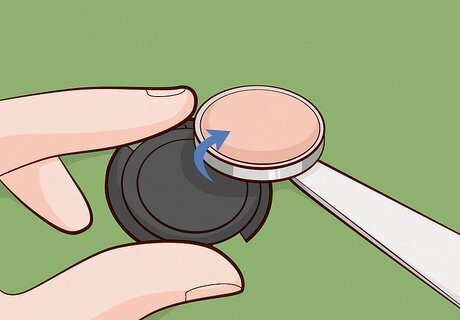
Let the eyeshadow pan cool. The eyeshadow pan will be hot when you press it free from the plastic housing. Make sure to let it cool on a towel or trivet for several minutes before handling it.
Getting the Eyeshadow Out with Alcohol
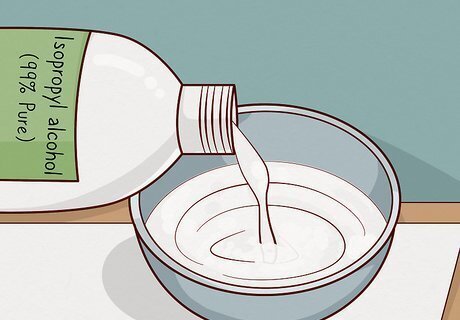
Pour some 99% isopropyl alcohol into a small dish. Isopropyl alcohol can help dissolve the adhesive that holds the eyeshadow pan in the plastic housing. Take a small dish, and pour a few tablespoons (45 ml) of 99% isopropyl alcohol into it or enough for all of the shadows you plan to depot. While you can use different percentages of alcohol, such as 70% isopropyl alcohol, the higher the percentage, the more quickly it will dry and dissolve the adhesive.
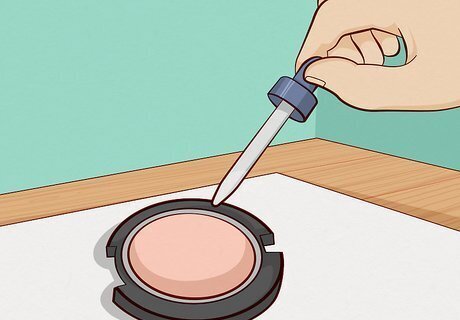
Apply the alcohol all around the shadow pan in the compact and let it sit. Take a medicine dropper and pick up a small amount of the alcohol. Run the medicine dropper all around the eyeshadow pan to dispense the alcohol between the pan and the plastic housing. Allow the alcohol to work on the adhesive for 30 seconds to 1 minute. If you don’t have a medicine dropper, use a cotton swab to absorb some of the alcohol from the bowl. Run the cotton swab around the pan, pressing gently to squeeze the alcohol between the pan and the plastic housing. Don’t worry if you get alcohol on the eyeshadow itself. It won’t harm the makeup. In fact, isopropyl alcohol is often used to mend shattered eyeshadows, blushes, and powders.
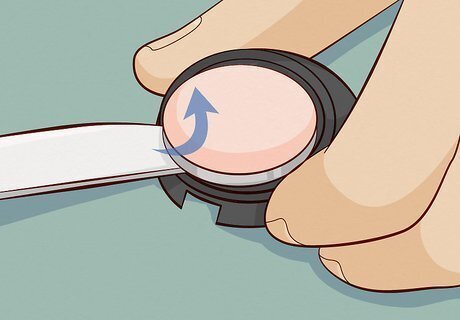
Run a craft knife or other sharp object between the pan and the plastic housing to loosen it. Take a craft knife or other pointed tool, and press it between the pan and the plastic housing. Run it all along the pan to gently loosen it from the plastic.
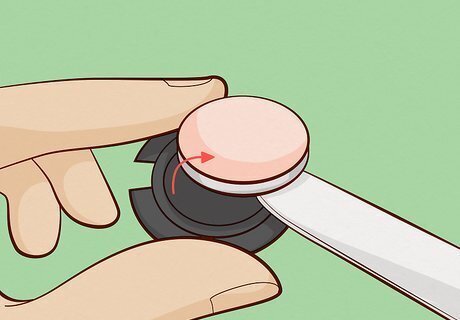
Wedge your tool underneath the pan pry it loose.When you feel the pan start to give as you work the craft knife around it, slip your tool under the pan to create leverage. Press upward with the knife to carefully pry the eyeshadow pan out of the plastic housing. If there is dried adhesive on the back of the eyeshadow pan, run a little more alcohol over it, allow it to sit for a minute, and then use your tool or finger to scrape off the glue.
Organizing the Shadows After Depotting
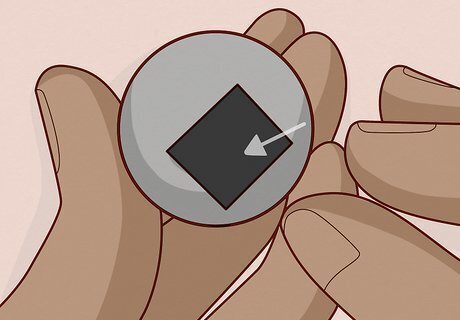
Place a magnet on the back of the shadow pan. MAC doesn’t place magnets on the back of their eyeshadow pans, but most freeform palettes are magnetized. To fix your Depot shadows so you can place them in a palette, take a magnet sticker that you can find on a variety of beauty supply websites, as well as at craft stores, and place it on the back of your eyeshadow pan. Some freeform palettes include the magnetic stickers, so you don’t have to purchase them separately.
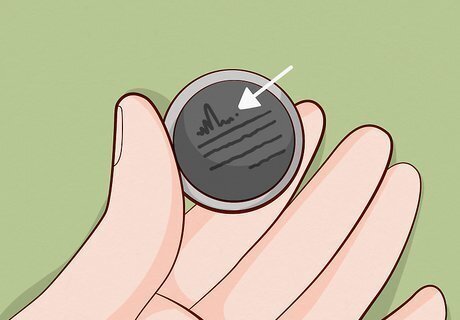
Label the back of the shadow with the name. MAC places the labels with the eyeshadow’s shade name on the back of the compact, so when you depot, there’s no label on the pan itself. If you want to remember the shade names, take a round label that you can find at an office supply store, place it on the back of the pan, and write the shade name with a pen or marker. You can also use a permanent marker to write the shade directly on the back of the magnet sticker that you place on the back of the eyeshadow pan. If you’re using one of the heated methods to depot your shadow, you can also use the heat to remove the sticker from the back of the compact. Hold the compact over the candle flame or place it on the flat iron for just a few seconds to loosen the sticker’s glue. Use your finger or a spatula to pry up an edge of the sticker and then peel it away. Press it onto the back of the magnet to label the shadow.
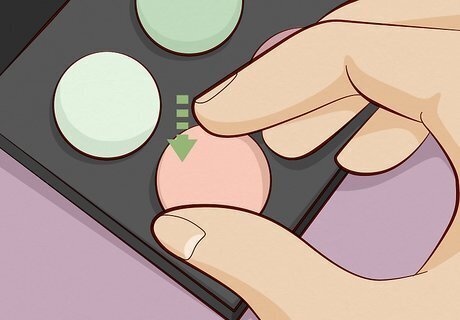
Set the shadow in a MAC palette or other magnetic freeform palette. Once your depotted eyeshadow has a magnet and is labeled, you can place it in a palette. Some palettes have specific wells that the shadow pans fit directly into. Others feature a flat, magnetized surface that allows you to place the shadow pans in any configuration that you want.

















Comments
0 comment